Böse Häuser I–III
2011, 3 Fine Art Prints manually reworked (3 motives)
Fine Art Prints, dimension adjusted to exhibition room, pasted to wall and manually reworked with cutters (during the exhibition ‹Leaking roof› one thousand offset posters 99,5 x 72,5 with negative images showing the surroundings without the objects were presented as free copies)
Copies: each 3 + 2 AP
Copy no. 1: Art Collection of Kunstkredit Baselland

Exhibition ‹Leaking roof› Kunsthaus Baselland, 2011
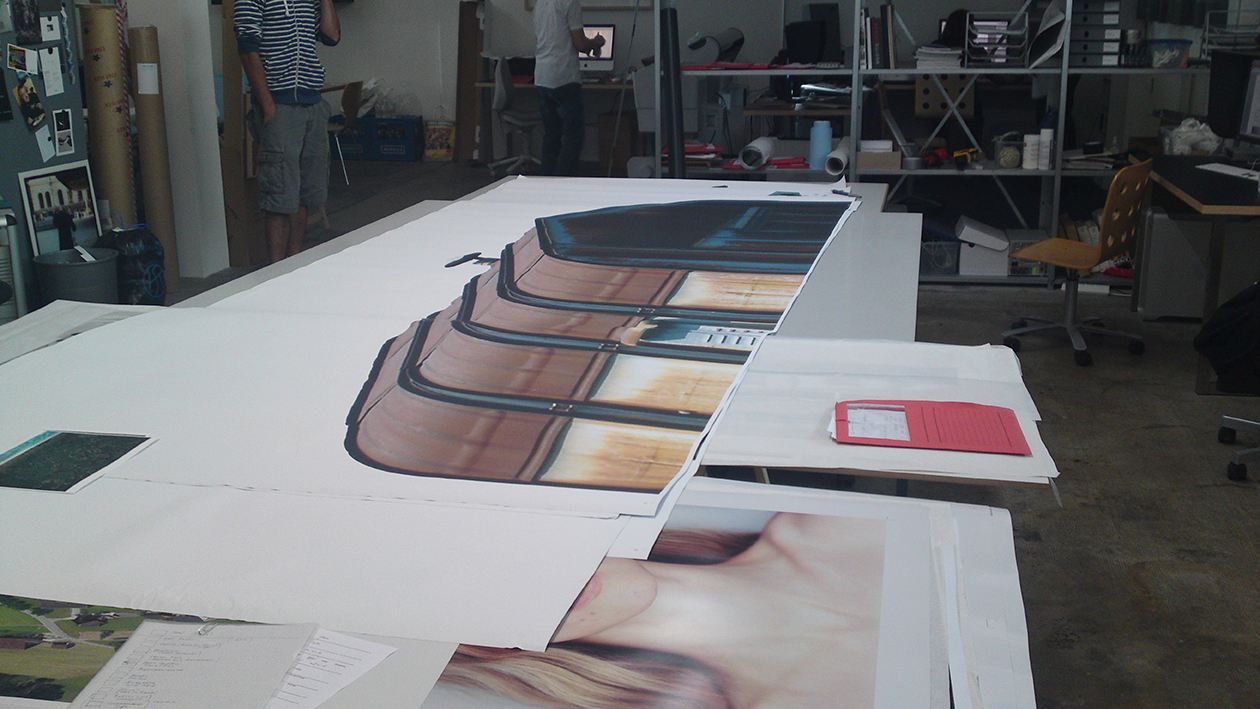
Production process of ‹Böses Haus I›
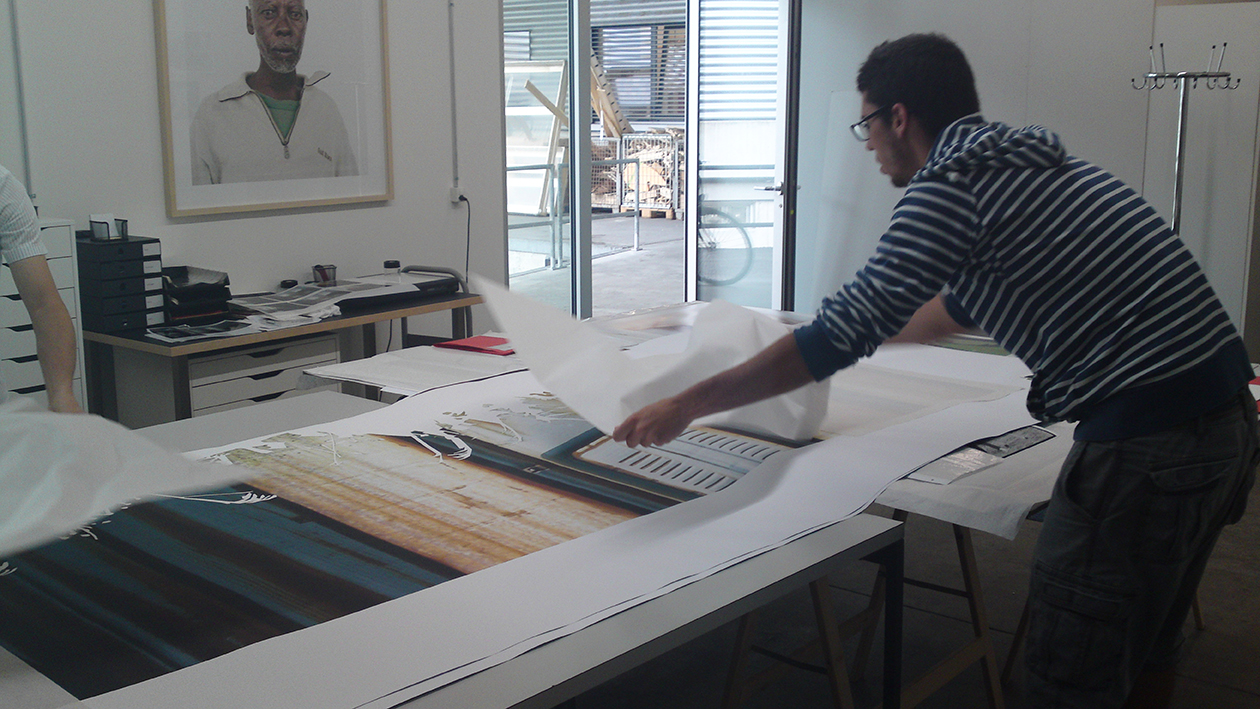




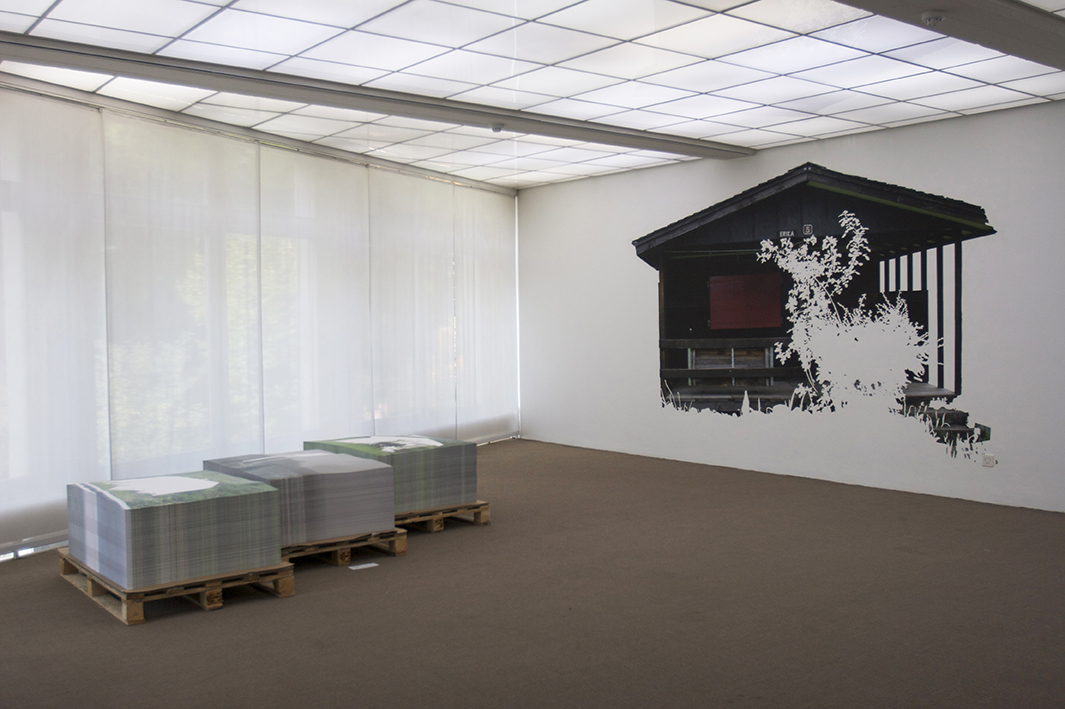

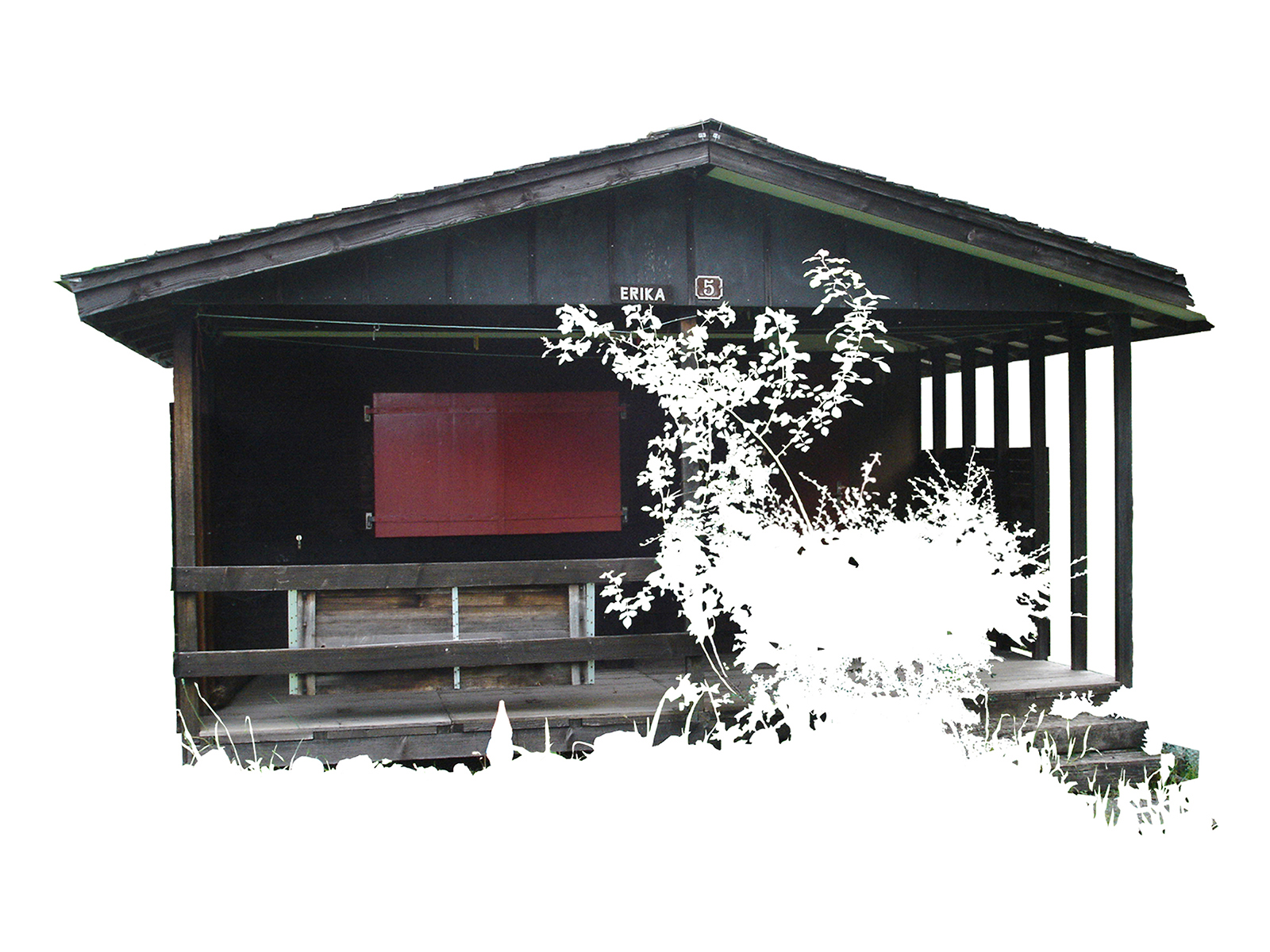 ‹Böses Haus III›
‹Böses Haus III›
 Poster
Poster
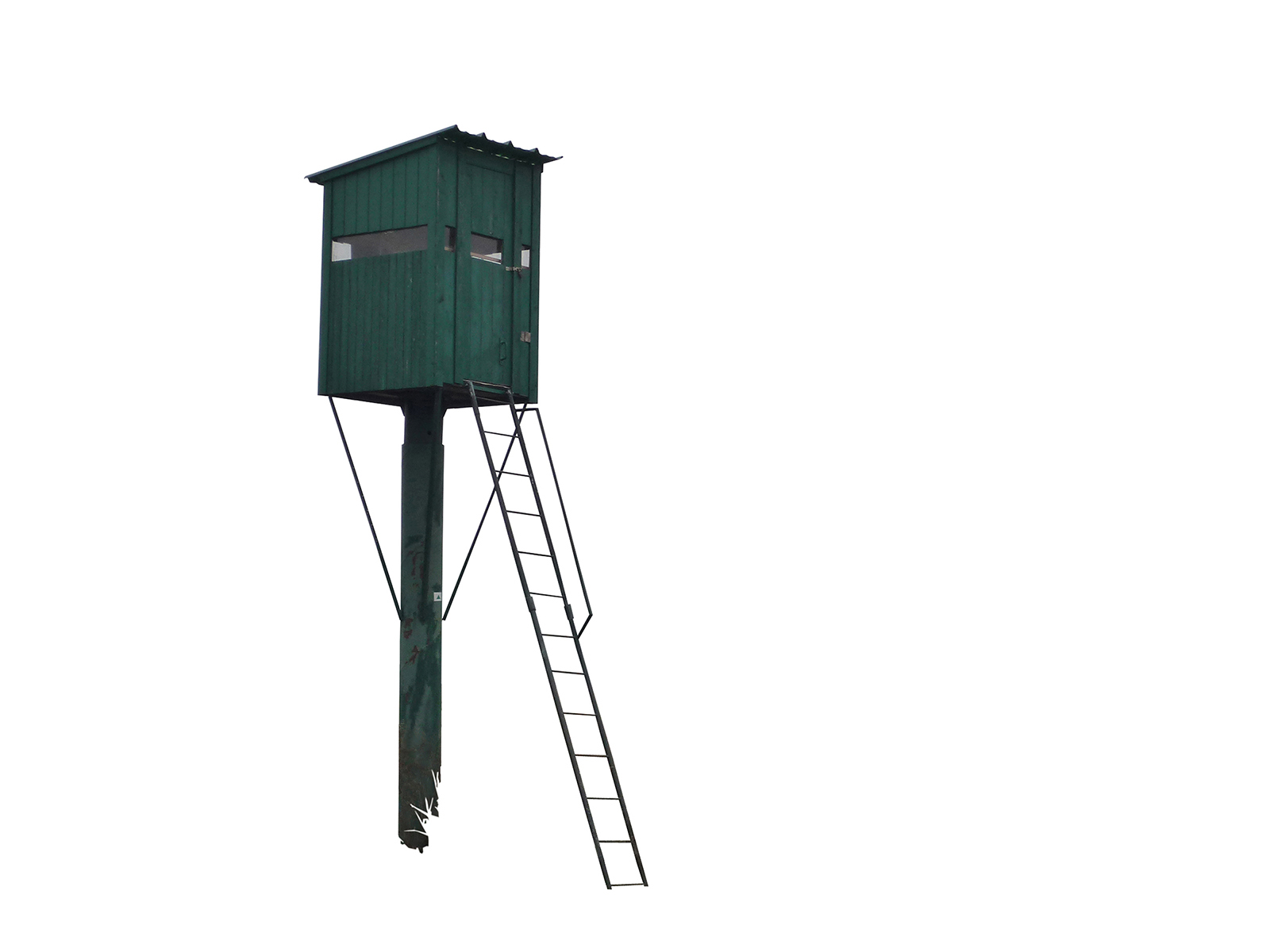
‹Böses Haus II›
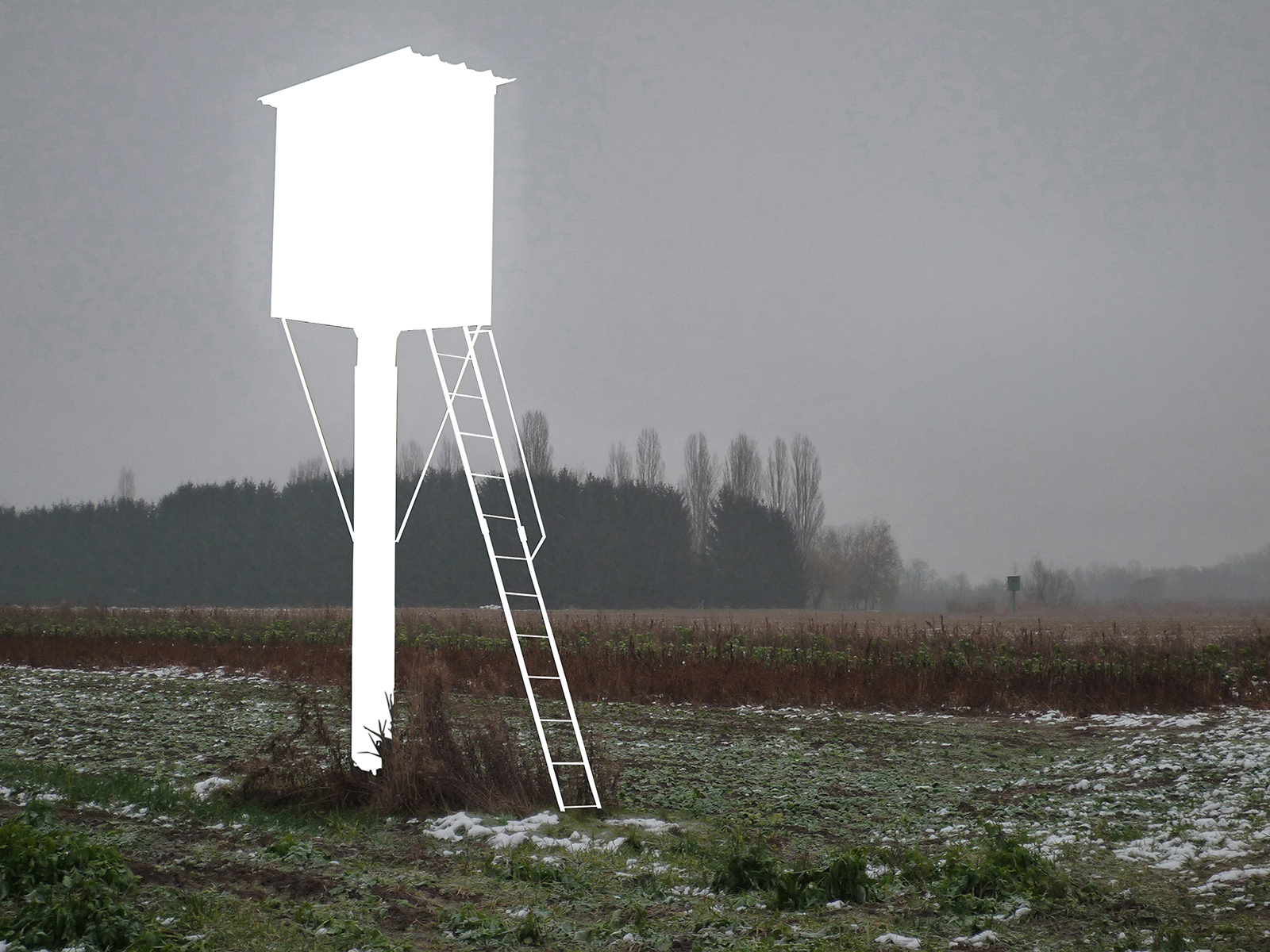
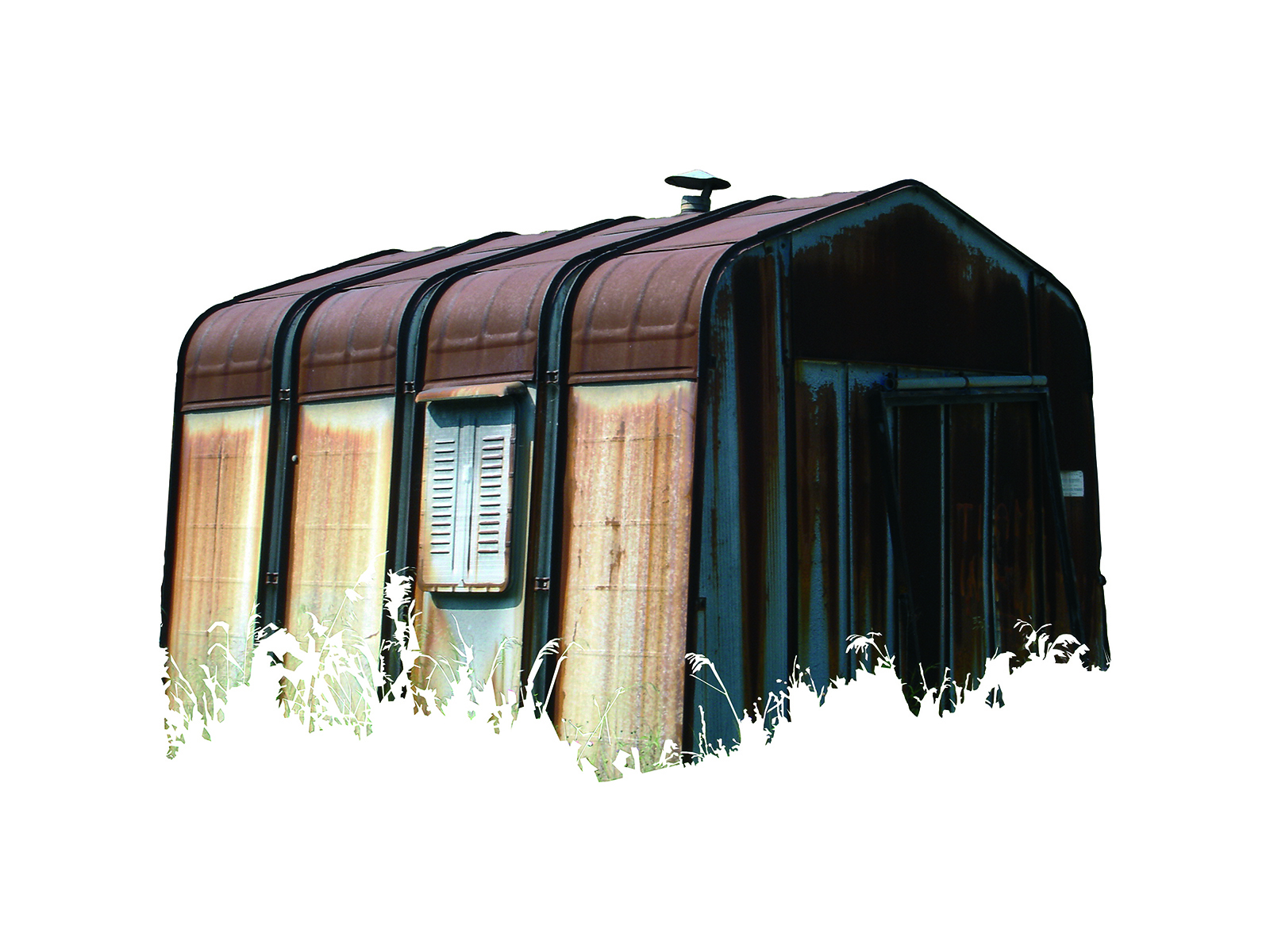 ‹Böses Haus I›
‹Böses Haus I›

Häuser sind Hüllen, die vor Kälte schützen, vor Naturgefahren, vor anderen Menschen. Orte, an denen wir zum Essen und zu Gesprächen zusammenkommen, an denen wir zu träumen und zu erfinden beginnen. In der Kunst trägt das vertraute Heim oft die Bedeutung des Unheimlichen, in Hegels ‹Philosophie der Wissenschaften› ist «böses Haus» eine innere Haltung, die der Erkenntnis der Wahrheit im Wege steht («Man meint, wenn das Denken über den gewöhnlichen Kreis der Vorstellungen hinausgehe, so gehe es zu bösen Häusern.»). Die dreiteilige Arbeit ‹Böse Häuser› zeigt raumhohe Plots von Behausungen, die irgendwo an Siedlungsrändern liegen könnten. Direkt auf die Wände des Ausstellungsraums aufgetragen, werden sie wie Immobilien präsentiert, die man kaufen oder mieten könnte – mit einem Unterschied: Indem sie nachbearbeitet worden sind, sind sie frei von jeglicher Umgebung, ohne Ort und zeitlos.
«Die Künstlerin beschäftigt sich seit längerer Zeit mit Räumen und Häusern, die sowohl als Orte für Vertrautes und Schutz verstanden werden können als auch als Orte, an denen sich das Unheimliche seinen Platz sucht und die Fantasie aus dem Ruder geraten kann. [...] In ‹Böse Häuser› tapeziert sie Häuser direkt auf die Wand und entfernt sämtliche Bezüge zur Umwelt, so dass nur das Gebaute selbst zu sehen ist. Für die Besucherinnen und Besucher liegen Plakate bereit, die das Gegenbild – das jeweilige Umfeld, nicht aber die ausgesparten Objekte – zeigen und die das Motiv vervollständigen. Die Behausungsobjekte bleiben in der Ausstellung, ihre Umgebungen gehen in den Besitz der Besucherinnen und Besucher über.» Sabine Schaschl, Direktorin (Text zur Einzelausstellung ‹Leaking roof›, Kunsthaus Baselland 2011)
Houses are shells that protect from cold, from natural hazards, from other people. They are places where we gather to eat and talk, where we begin to dream and invent. In art, the familiar home often carries the meaning of the uncanny, and in “Philosophy of science” by Georg Wilhelm Friedrich Hegel “wicked houses” means an inner attitude that stands in the way of understanding the truth (“One fears when thinking goes beyond the ordinary circle of ideas you go to wicked houses”). The three-part work shows floor-to-ceiling plots for dwellings, which could be found on any outskirts. Applied directly on the walls, they are presented like real estate objects which could be bought or rented, with one important difference: since they have been reworked, they are timeless and do not reveal any environment or place.
“For some time now, the artist has been engaged with rooms and houses, whereby these can be understood both as places for the familiar and as a refuge, and also as places that are sought out by the uncanny and where imagination can get out of hand. [...] In her work ‘Böse Häuser’ Bettina Grossenbacher has papered houses directly on the wall, but has removed all references to the respective environment, so that only the building is visible. In turn the visitors will find posters in the exhibition that show the respective surroundings, but not the omitted objects, and which thereby complement the seen motif. The objects of housing remain in the exhibition, while their environments pass into the visitors’ ownership.” Sabine Schaschl, director (text for the solo exhibition “Leaking roof”, Kunsthaus Baselland 2011)